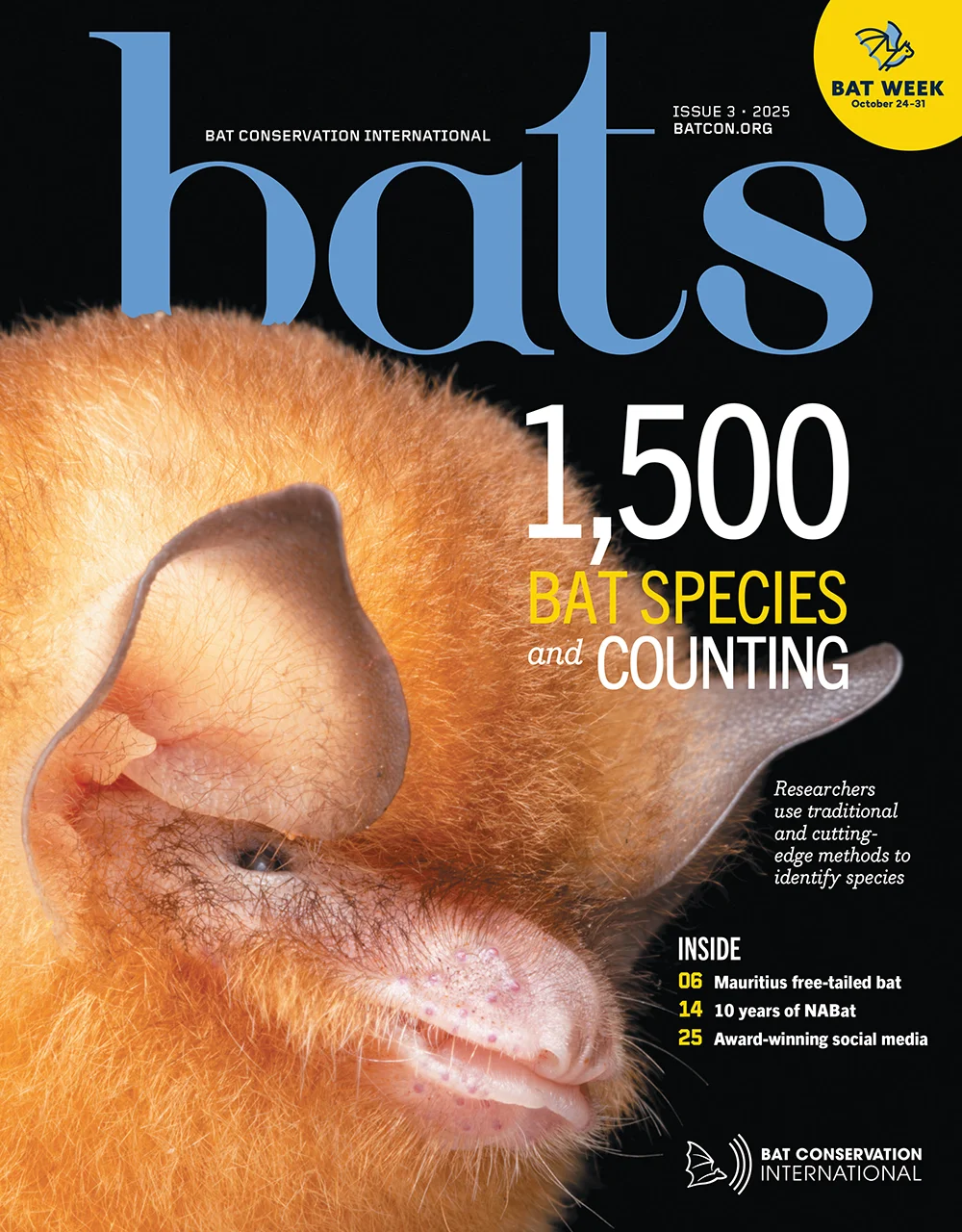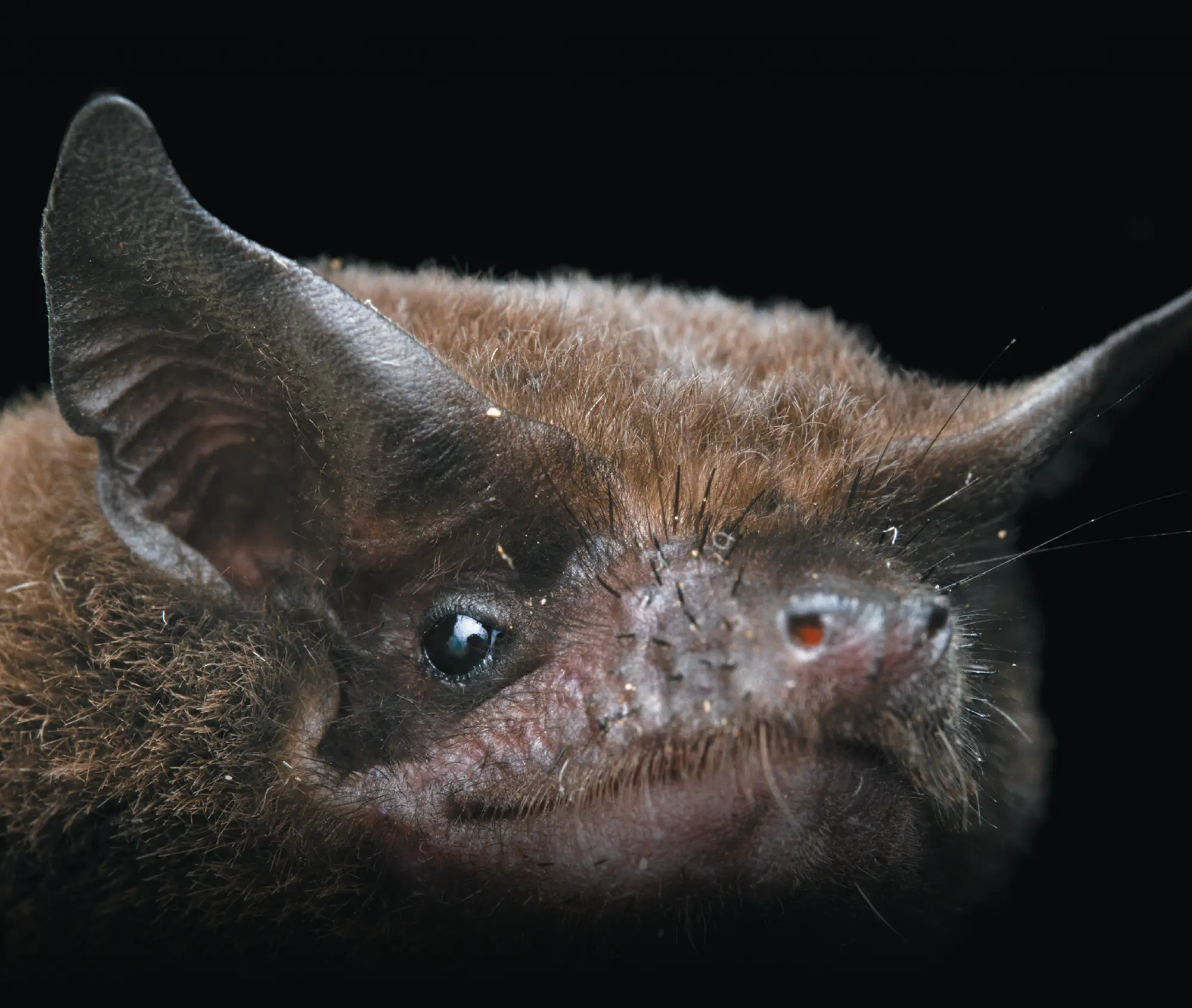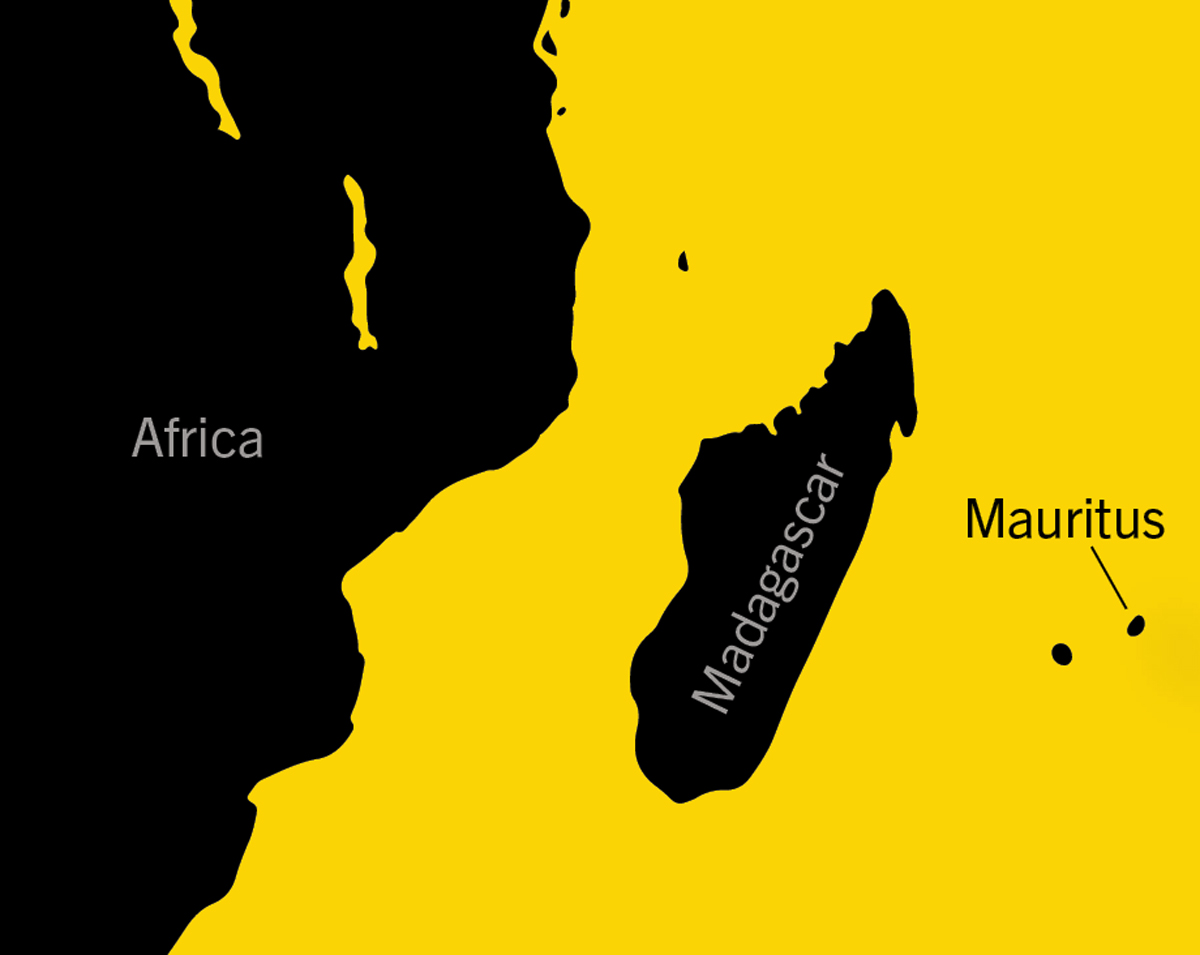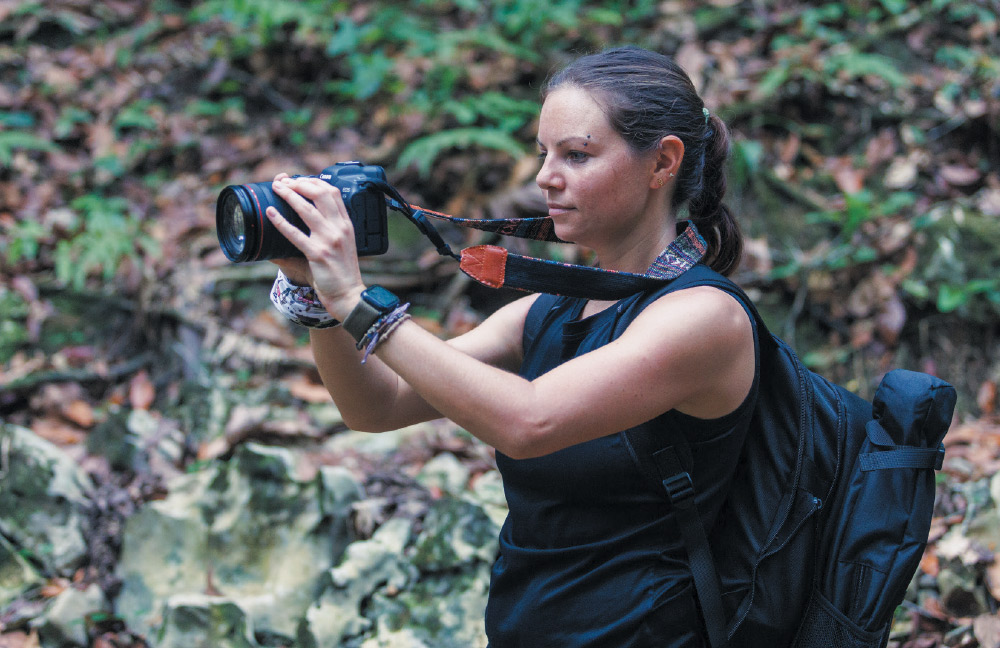Search Bats Magazine

Bat Conservation International Bats Magazine


Researchers use traditional and cutting-edge methods to identify species

Researchers use traditional and cutting-edge methods to identify species

Issue 3 • 2025
Inside this Issue

08
Features
081,500 Bat species and counting
Researchers use traditional and cutting-edge methods to identify species
14nabat turns 10
Celebrating a decade of collaborative bat monitoring across North America
Departments
02Off the Bat
BCI focuses on our mission to save the world’s 1,500+ bat species
06Species Study
Mauritius free-tailed bat
24Bat Chat
Emily Hutcheson, BCI’s 2025 EarthShare Green Leaders Fellow, investigates community partnerships in San Antonio
25Bat Squad
BCI’s award-winning social media focuses on bat charisma and conservation impact
Read past issues of Bats Magazine at batcon.org/batsmag
news & updates
18
3Bat Signals
Conservation news and updates
- Agave Restoration Initiative wins award
- Meet the Himalayan long-tailed myotis
- Celebrate Bat Week 2025
- First bat habitat bank launches in Colombia
18Field Notes
Research news from around the globe
- Artist creates bat sculpture from plant materials
- Bat exhibit opens in Jamaica
- Projects for Mexican bat conservation
- A look at the bats of Costa Rica


A few words of introduction from your friends at Bat Conservation International

Masthead



Agave Restoration Initiative team receives USFWS award

bat signals

BCI researcher publishes article on newly identified Indian bat


There are 1,500+ species of bats in the world. This is one of them.
Working with community members key to protecting endemic cave-roosting bat

bat stats
Binomial and Common Names
Mormopterus acetabulosus
Mauritian free-tailed bat, Natal free-tailed bat, Mauritius cave bat
Mauritian free-tailed bat, Natal free-tailed bat, Mauritius cave bat
Family
Molossidae
Colony Size
From fewer than 20 to approximately 15,000
Weight
Average 7.2 grams
Diet
Insectivorous
Status
Endangered

1,500 Bat Species and Counting


 Feature: NABat
Feature: NABatNABat Turns 10

Celebrating a decade of collaborative bat monitoring across North America
By Annika Hipple

Celebrating a decade of collaborative bat monitoring across North America
By Annika Hipple


A bat sculpture made of sun, soil, and spirit
field notes


Immersive bat education exhibit is now open in Jamaica
field notes


International collaboration key to Livingstone’s fruit bat status change from Critically Endangered to Endangered
field notes


Two events celebrate significant progress for Mexican bat conservation
field notes

This Central American nation is home to 120+ bat species—here are a few of them





